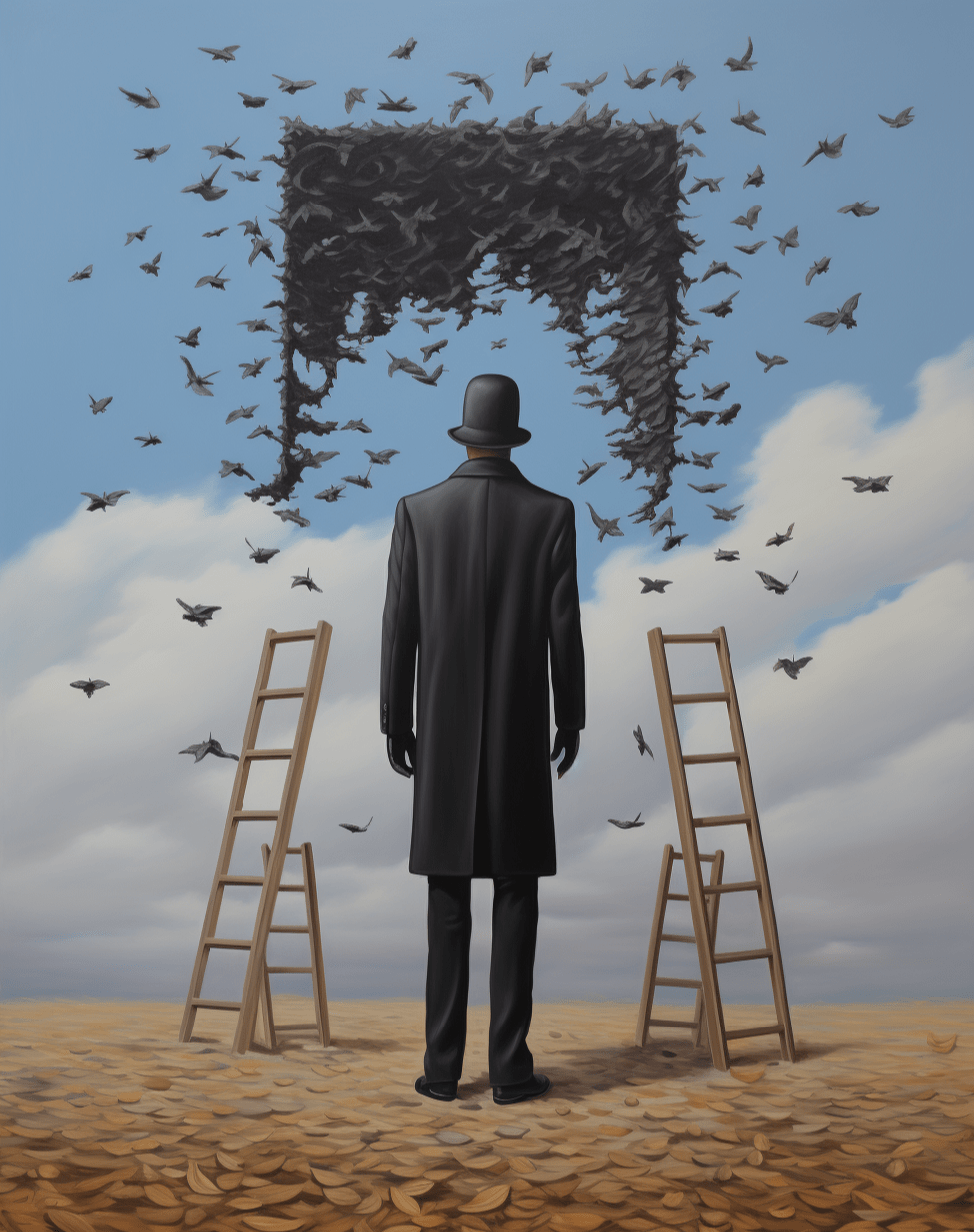Humanity-centered, Systemic, Exploratory, and of-course, Failure friendly. Scroll to explore my thoughts on design.
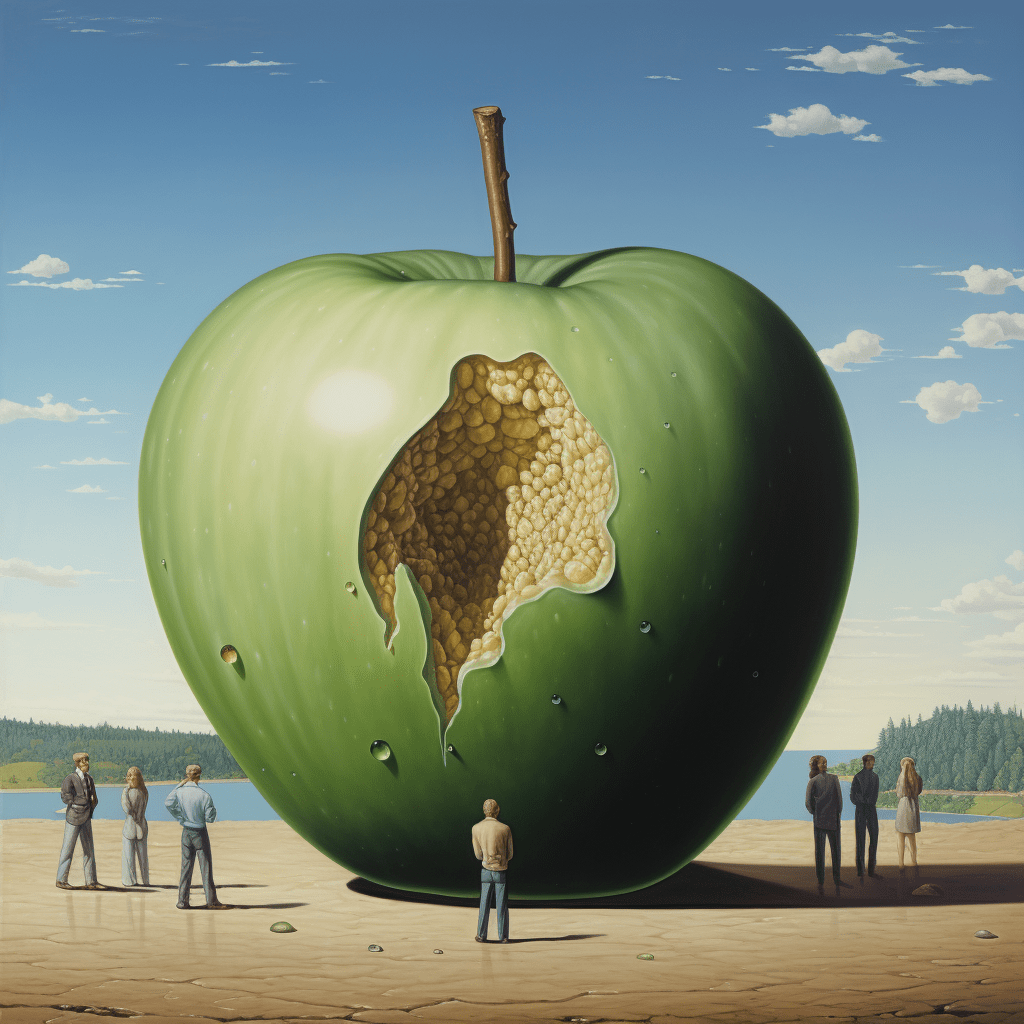
Embracing Human-Centered Design Beyond Interfaces
In today's tech-savvy world, the concept of "human-centered design" has gained prominence. However, it's time to move beyond the surface and explore the profound meaning of being truly "human-centered."
Traditionally, human-centered design has been synonymous with creating user-friendly interfaces. While this is vital, it's a limited perspective. True human-centered design involves understanding the core of human desires, behaviors, and needs, and designing solutions that align with these aspects. It's about making things better for humanity as a whole, not just easier for users.
Moreover, it means addressing the ethical dilemma that often arises when designers advocate for human-centered design while working for companies that may prioritize profits over user well-being. Designers must uphold ethical principles and push for designs that prioritize humanity over short-term gains.

Hands-on Approach
In a world often filled with logical narratives about innovation, it's crucial to recognize the profound impact of a hands-on approach. Many of the world's most remarkable inventions and breakthroughs have arisen from playful trial and error, challenging the idea that innovation is solely the result of meticulously planned strategies.
Nassim Nicholas Taleb refers to this phenomenon as "stochastic tinkering." He contends that knowledge and technology often develop through this organic process rather than through rigid, top-down research. Taleb's concept of "convex tinkering" introduces the idea that embracing uncertainty and option-like experimentation can outperform traditional research methods.
At its core, the hands-on approach encourages a willingness to play, explore, and make mistakes. Breaking free from the shackles of overplanning, this approach allows for spontaneity and serendipity, creating the conditions for groundbreaking discoveries to occur.
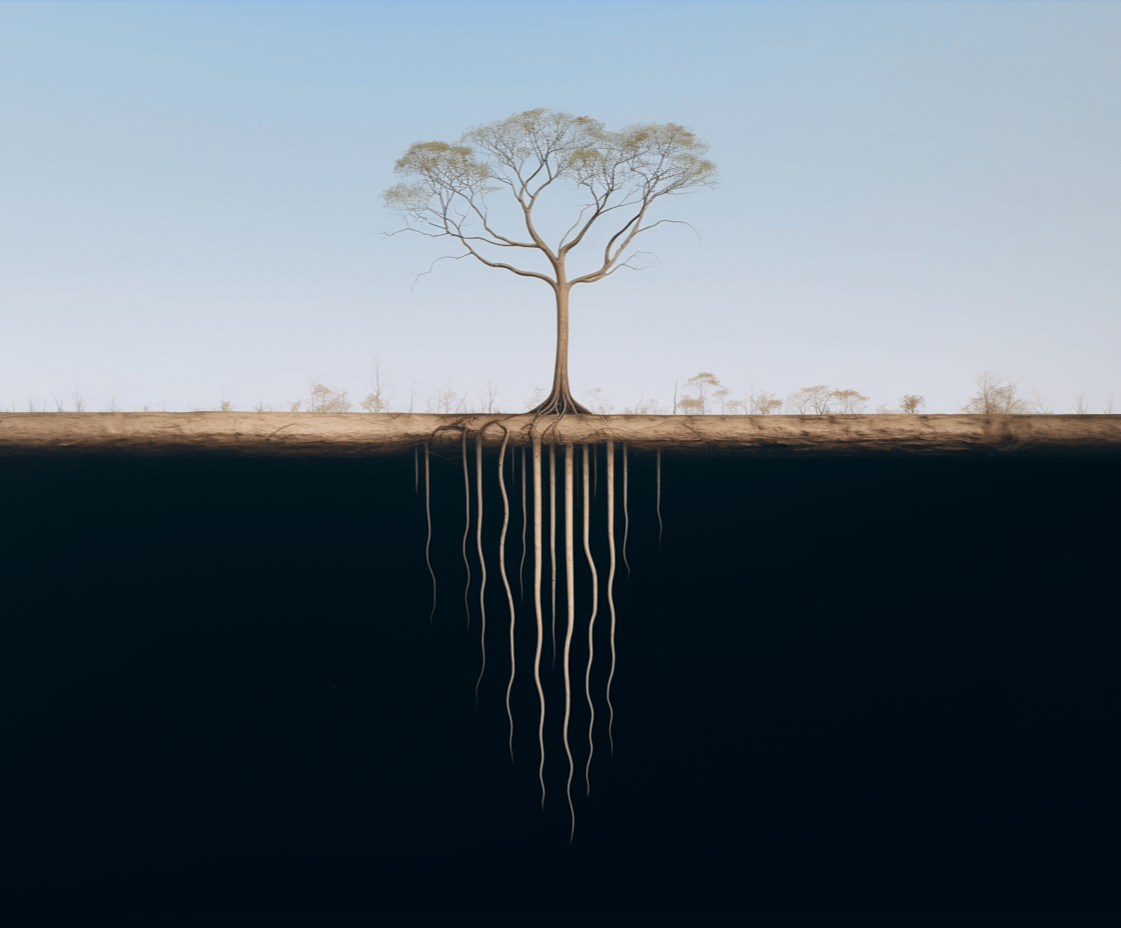
Systems Thinking Approach
In the realm of problem-solving, it's a common misstep to focus solely on surface-level issues presented by clients or businesses. More often than not, what appears to be the problem is merely a symptom of a deeper, intricate system at play. This mistake permeates across various domains, from politics to small businesses, and it's high time we address it.
This is where the systems thinking approach comes into its own— a beacon of clarity amid complexity. It furnishes us with the tools to see beyond the surface and scrutinize problems within their broader context. It encourages us to visualize the challenge as part of a dynamic system comprising interconnected components and relationships.
In an era demanding impactful solutions, a systemic approach is not merely an option; it's an imperative. Designers equipped with this perspective are well-prepared to adeptly navigate the intricate landscape of problems, guaranteeing that their solutions resonate with the profound underlying dynamics they seek to address.
It's more about questions than answers.
Look at a designer's portfolio; first and foremost, they emphasize: "I am a problem solver."
If designers are problem solvers, what are engineers, inventors, entrepreneurs, doctors, psychotherapists, and parents? [let me not go on with the list] Aren't most of us usually busy solving problems? I don't want to be mean. I know they mean their work is functional, strategic, and purposeful, and their concerns are beyond aesthetics; This is what every employer wants to hear. But wait, does the right answer to the wrong question get us where we want to go?
I am not interested in reducing design to problem-solving. Design constantly creates new worlds with all the complex sociocultural layers beyond function. When you have this systematic view of issues, you think more about questions than solutions: "what is the authentic problem?". I believe innovation is a simple answer to a novel question — a precisely framed problem.
So if we want to design things that make a difference, let's hold on and think about questions. Let's be "problem finders."
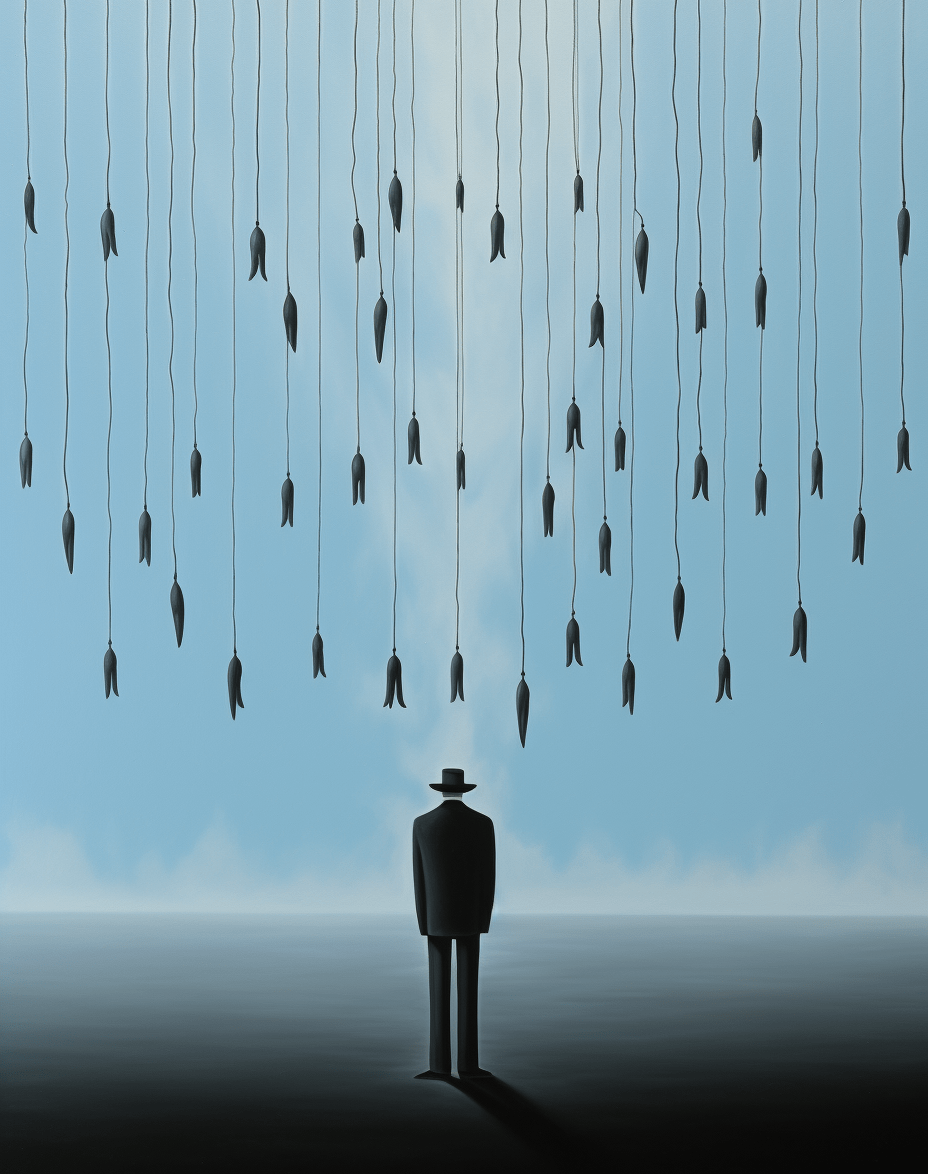
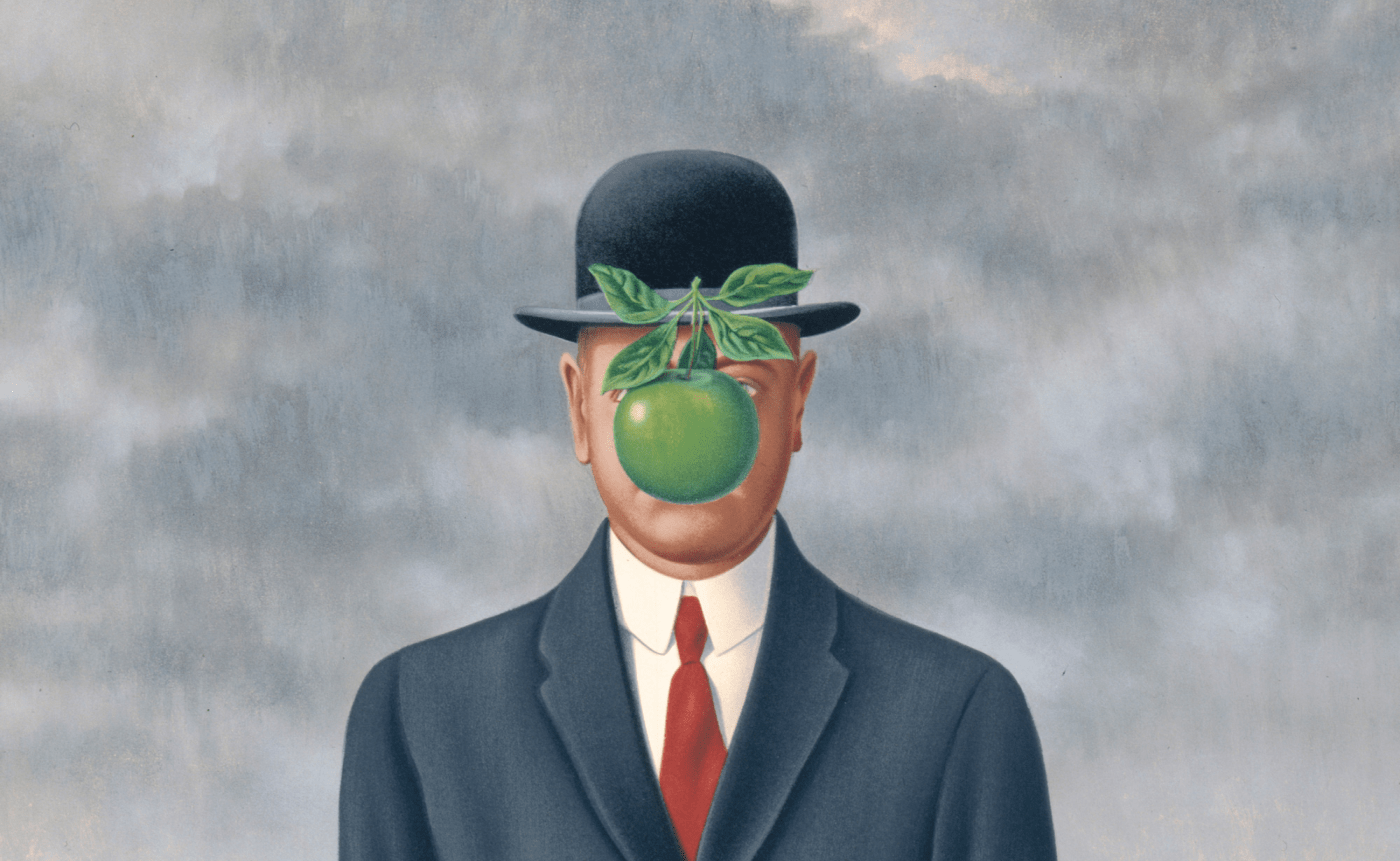
Isn’t it an artistic act?
Well... innovation for me is more about designing the right question than a right answer. In this sense, isn't it an artistic activity? To be curious, to be a seeker, to slow down and explore, to observe meticulously, to challenge the status quo. “Could the world be any other way?”
I do not simply mean “research work”. It’s not a task, it's a mindset! Haven't you seen that tons of interviews and questionnaires are done without anyone knowing exactly why? Many times in my career, I have come across the issue that design is reduced to processes and tasks.
When we are busy with processes and tasks, something is lost: that curios visionary critic — the artist.
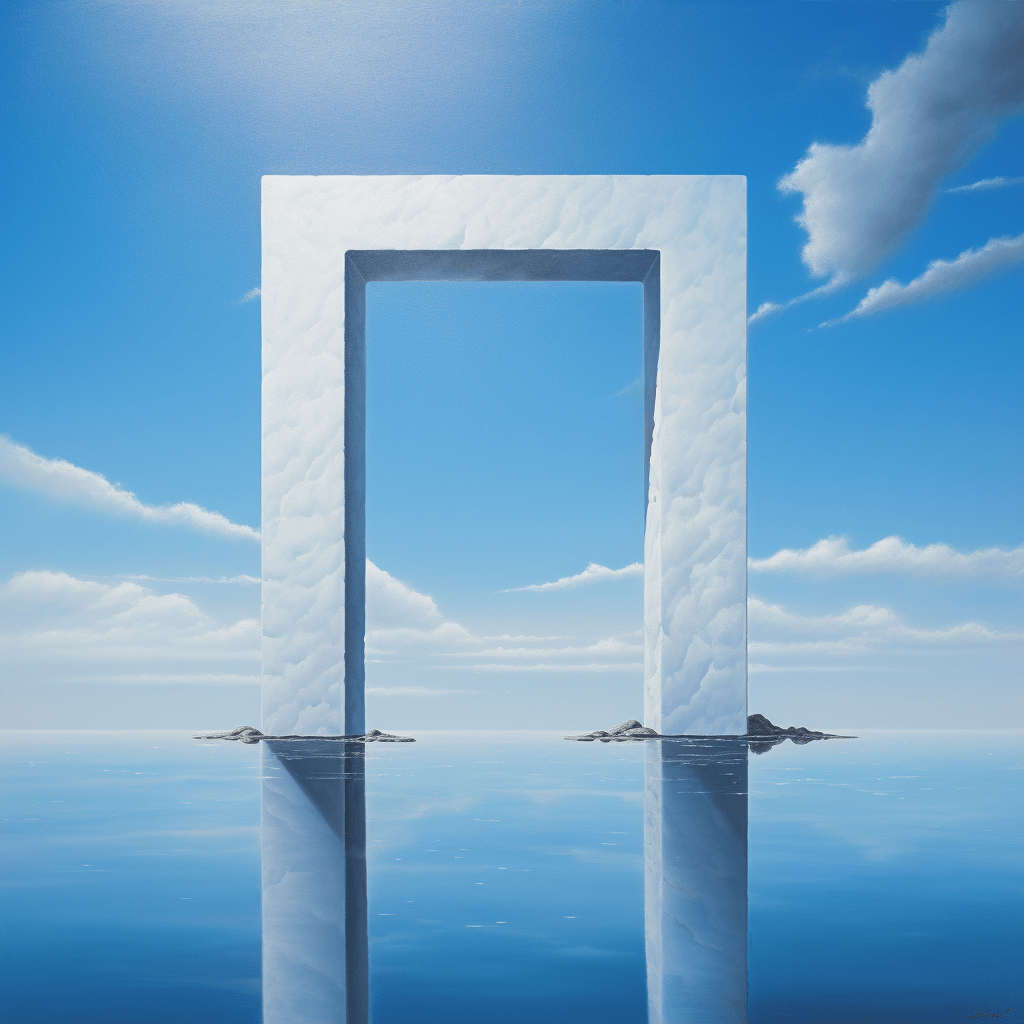
This is somehow paradoxical though.
I'm a big fan of structures, processes, methods and tools. Marshall McLuhan expressed it well: “We shape our tools and, thereafter, our tools shape us.”
We need to get on the same page and create a shared language. We need to tame the ambiguity to some extent. We need to see the big picture and make connections between small tasks and the overall intention so that our actions become meaningful. Aren't structures a good help? Even a conversation needs an structure.
The point is we should have a paradoxical view. To live inside the structures, but not to let our world be limited by them. After all, what is authentic is you.
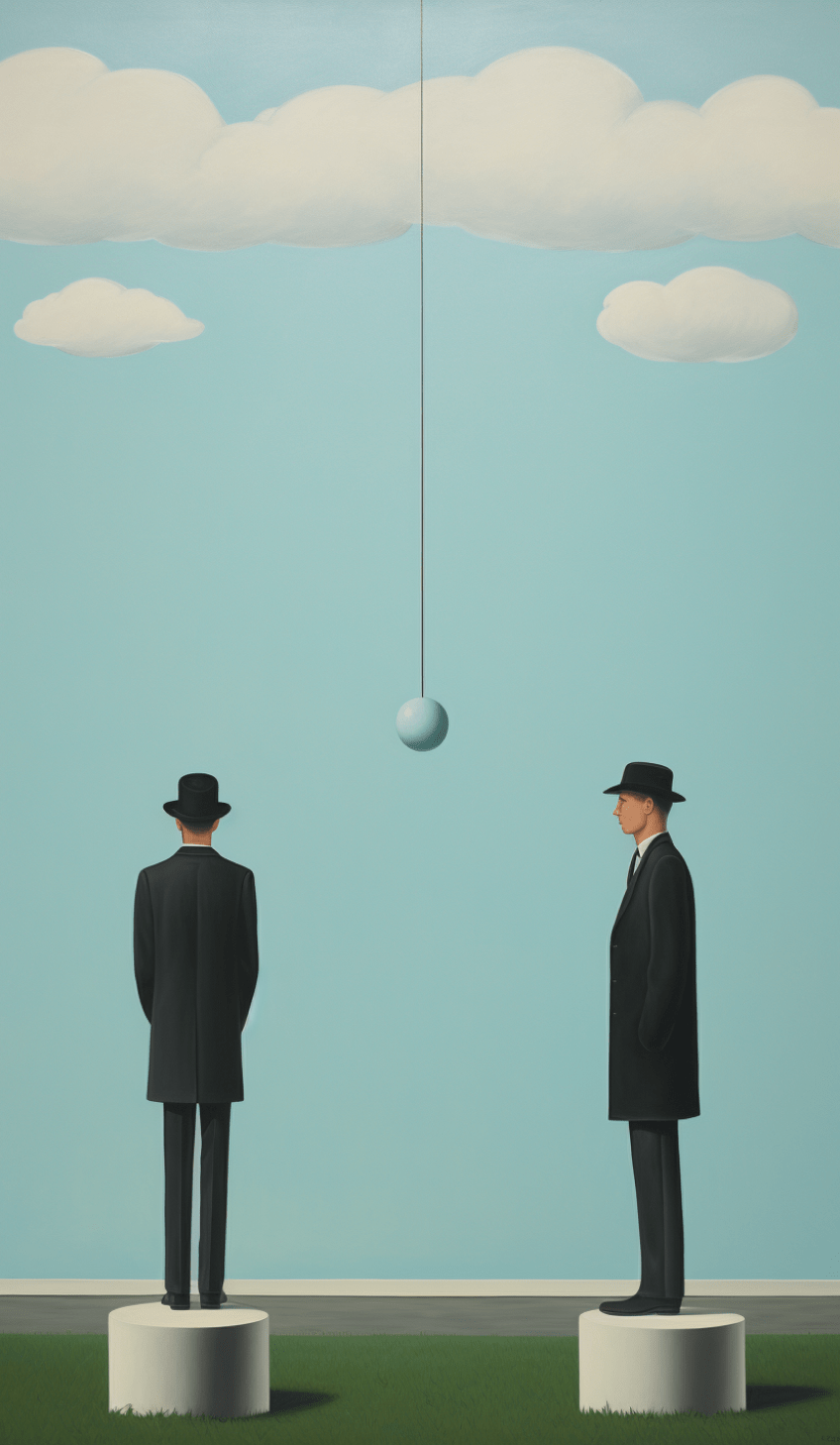
Beyond logic.
Let me be honest with you. I usually fail!
Like the majority, I want to design disruptive solutions. But my team has come up with mediocre solutions almost every time! Sometimes I think the problem is that we are too logical. You know, we have mastered the processes, we read books of the day, we take courses, we follow successful people, we watch talks... What are we missing? Ourselves! We just want to do the right thing. that’s the problem!
Paul Arden points it out well: “We try to make sensible decisions based on the facts in front of us. The problem with making sensible decisions is that so is everyone else!”
Logic sometimes looks like a trap. We have to give up the right thing: Just listen to our hearts and play, Imagine ridiculous unexpected worlds, Do strange wrong things, Create and explore without purpose.
We have to stop rationalization and practice the opposite: intuition, imagination, and playfulness.
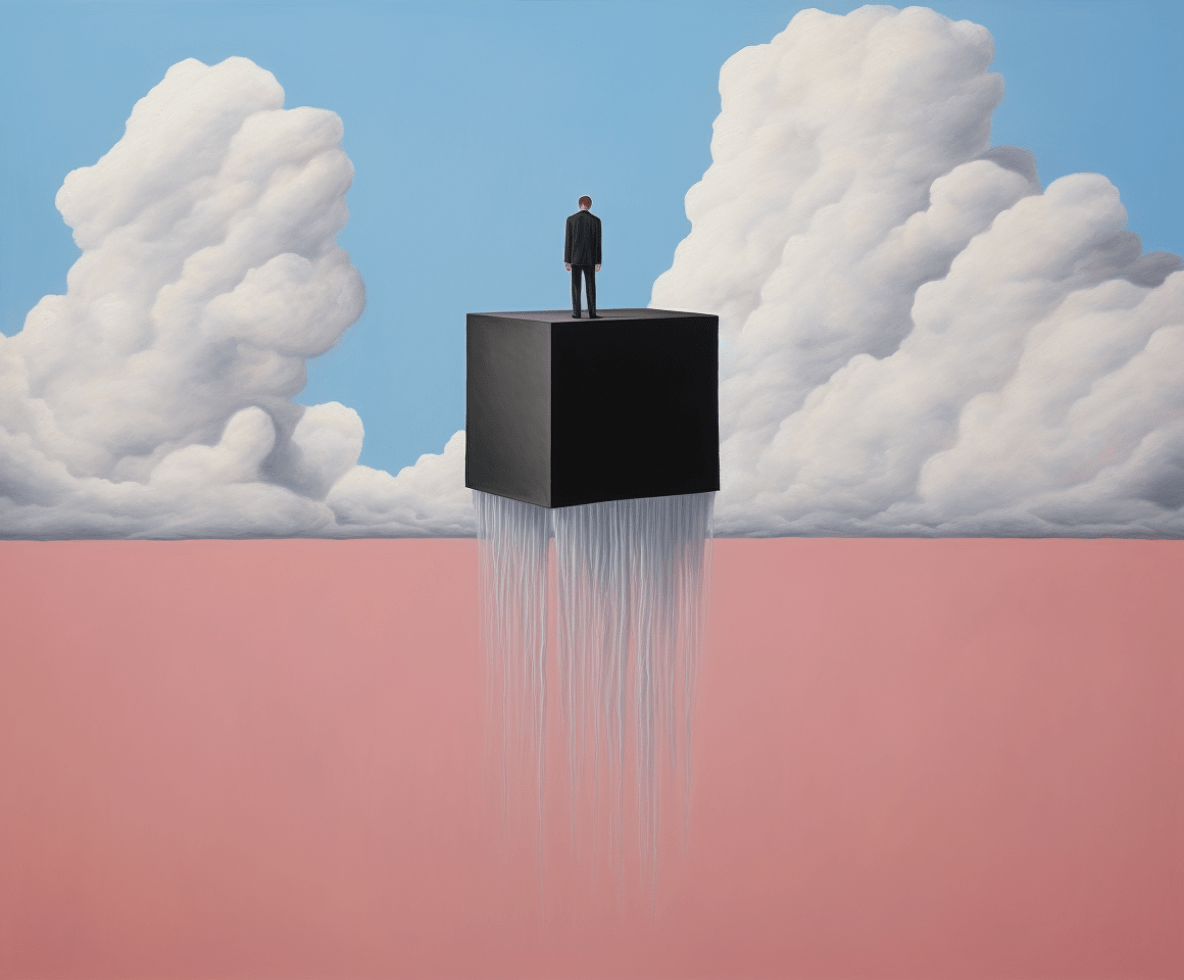
It's all about the guts.
When you don't want to do the reasonable thing, when you are looking for a new way and step into the unknown, you will be drown in ambiguity. Can you bear it? Do you dare to cross?
Do you risk not being accepted? You may even be ridiculed. What will be the reaction of others is a painful ambiguity.
Do you accept the risk of failure? When you go to the unknown, it is much more likely that you will not find your way. It’s ambiguous. You must have a vision.
There is a lovely security in knowing. But in order to create something new, we need to leave what we know. We must put our limited knowledge aside and live in ignorance. Ignorance is infinite, but there is no security. Do you take the risk?
In short, you have to sacrifice the [comforting illusion of] safety. “Do you have the guts?”
“Failure” is a scary word in Farsi!
We call failure "Shekast" in Farsi. It means “to break”. Wow! Isn't it harsh? Imagine you break. How painful. Will you recover? Will you be like the first day?
Well, the answer is that you will be even better than the first day. “Breaking” is literally fragility but “Failure” is somehow anti-fragility! Failure means that it didn't happen this time and every time you fail, you are more ready to reach the goal.
Don't worry. I don't want to repeat clichés like "fail early" and “fail often”. In my opinion, a healthy mind does not see failure as a result, but as a step in the process. We need a healthy mind and love for our work, not repeating sentences like a ritual.
All this aside. Aren't we the result of nature's mistakes? All these species are the result of a failure in DNA replication. Cool!
